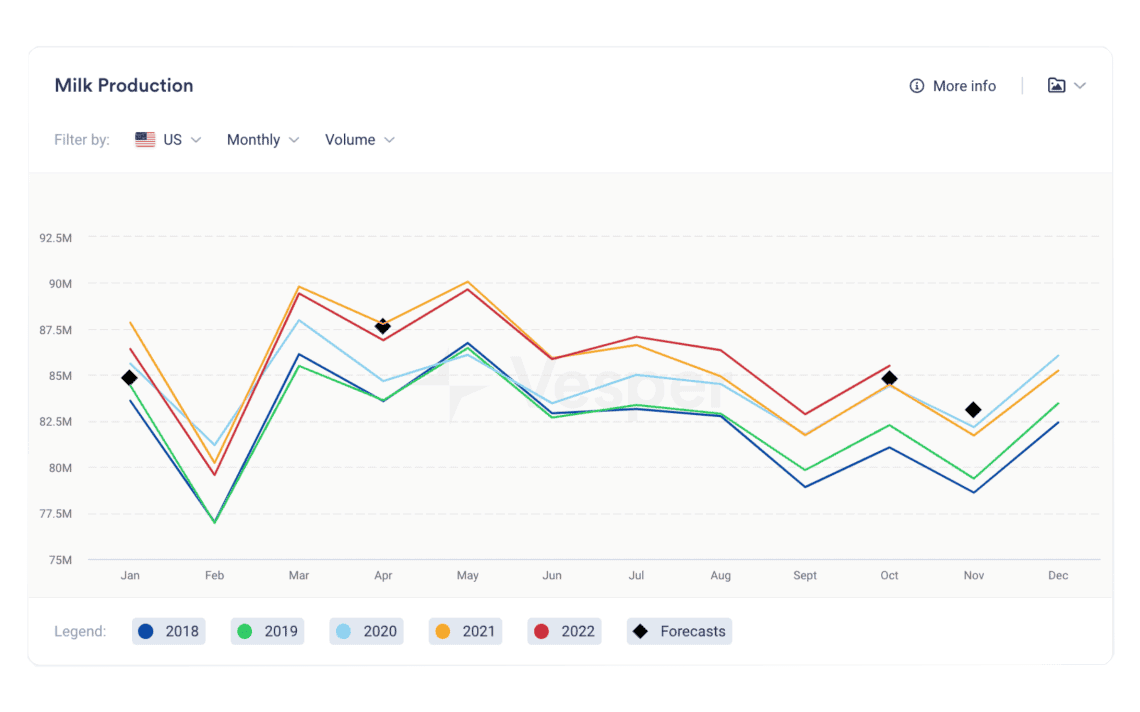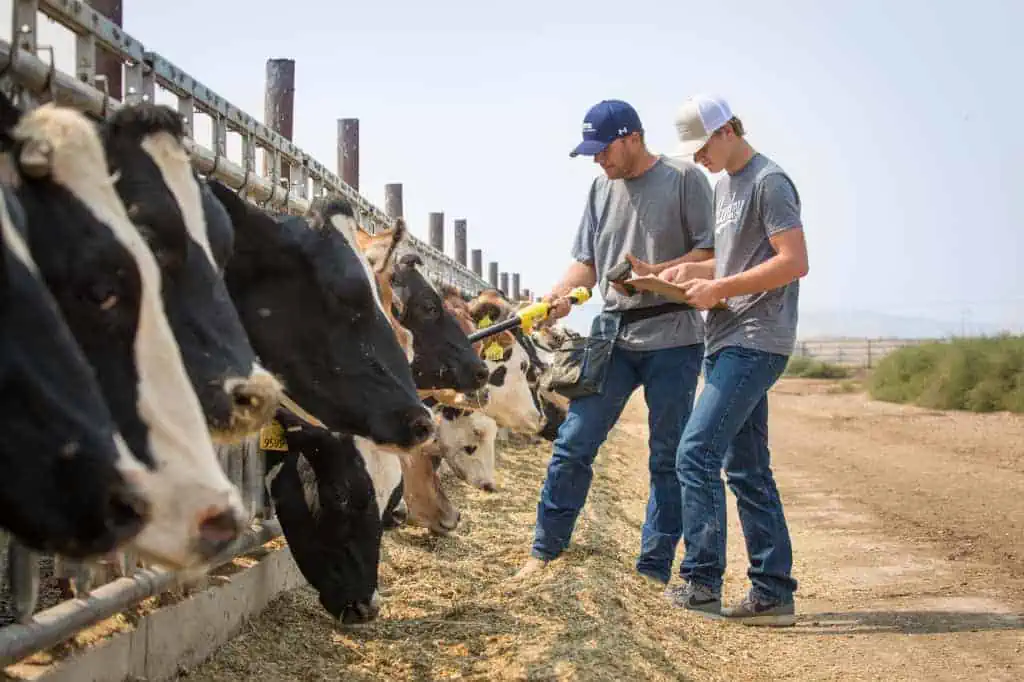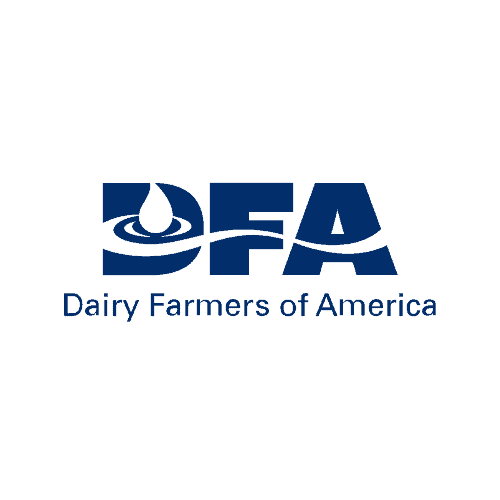Dairy is a worldwide business, and so is Dairy Farmers of America (DFA). As DFA’s vice president of sales, Dale never runs out of opportunities to go abroad. The dairy cooperative, which is America’s largest dairy company, is owned by more than 11,500 dedicated family farm owners who are personally invested in every product, decision, and step DFA takes as an organisation. “As part of my scope, we have a team in Asia centred around our Singapore office; one in Mexico which covers all of our LATAM activities, and we are now in the Middle East as we have a new joint venture in Dubai.”
Exploring new markets
The story between Dale and DFA can be traced back to 2009. “I worked for 16 years for my father’s company, Berkshire Dairy and Food Products. We used to market many of DFA’s products, so it made sense to be acquired by the cooperative in the end.”
Due to his extensive experience, he is now the vice president of global sales for DFA’s Ingredients Solutions Division. In this position, Dale is responsible for selling a large portfolio ranging from milk powders to butter and dairy pastes. “We heavily rely on exports; unlike the EU or Oceania, the US is a pretty young exporter,” he explains. “However, with our strong milk production numbers, it has become pretty important for us to develop different markets worldwide.” Diving into new and unexplored regions asks for market intelligence, which is where Vesper steps in. “We can feed in a lot from our customers on what is happening in the different ingredients groups globally, but we do not have resources everywhere. Vesper gives us a better perspective on the EU and Oceania and fills in any gaps we might have.”
“The import/export widget helps us better understand a country’s trade lanes and their view on US dairy products versus other world competitors”
When import/export and production data go hand in hand
America’s milk production is on the rise (see fig. 1), and so are DFA’s exports. “The growing world population and demand for dairy products drives us to become a better exporter as a country,” Dale thinks. Nevertheless, understanding where countries receive and send their products is a challenging task. “Vesper’s import/export widget helps a lot in that regard. We can understand certain milk trends, see where the demand is, and get a country’s view on US dairy products versus other world competitors”.
On top of helping the cooperative understand market opportunities, the functionality allows Dale to back his business decisions with reliable and independent data. “All in all, it helps us disrupt trade lanes. I love it.”

Being able to combine and compare the different data sets is what makes Vesper particularly useful in Dale’s view. He starts talking about the export trend that resulted from the rising 2021 Turkish dairy production (up by 8%). “The combination of the import/export and production widget helped us notice production trends and where the Turkish dairy was ending up. Valuation is an important factor in exports, as countries may decrease or tick up their exports based on the latest valuation. That is why we looked at how the Lira competed against the US dollar and Euro and got a better understanding of this trend.”
“With the Vesper Price Index and its ability to switch between currencies easily, we can determine if our pricing is too high or too low”
Another economic trend has recently affected the commodity market: the rise of the US dollar against the Euro. How does this impact US exports, in his view? “We are definitely in new territory as far as the currency goes. In the past, the lower dollar value gave us a competitive edge. The strength of the US dollar has changed how we think about the EU ingredients prices related to ours.”
As a result, establishing a fair price is more critical than ever, which is why Dale checks the Vesper Price Index every week. “With the Vesper Price Index and its ability to switch between currencies easily, we can determine if our pricing is too high or too low. Having Vesper’s data at my fingertips and not having to do the research myself helps me enhance some of the conversations I have. It saves me loads of time, and customers do not have to wait for me to follow up. Vesper really changed the marketplace by providing a one-stop-shop hub of information.”





















